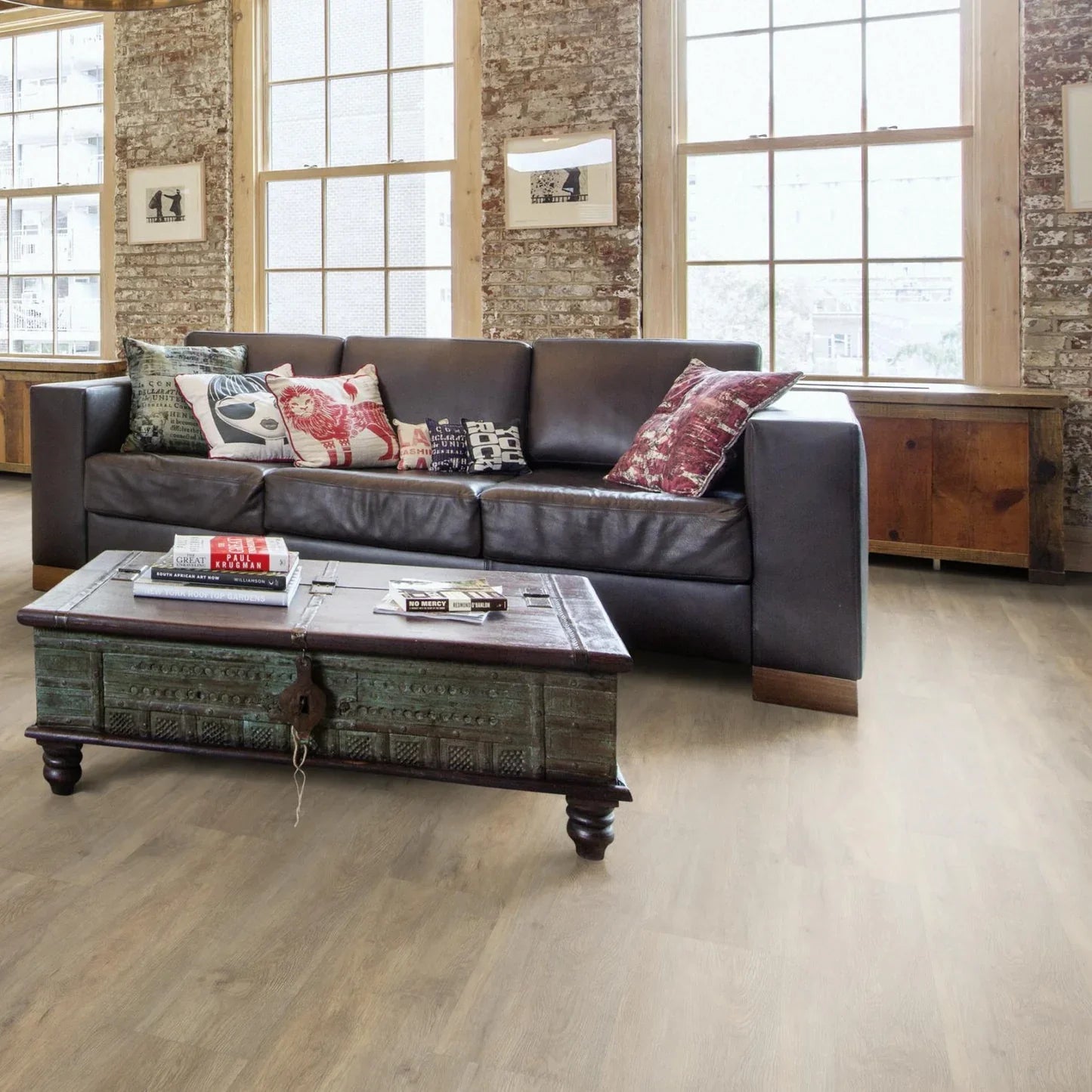
Author, Written by: P. Hirani (Wood flooring Expert)
Creating a smooth, uninterrupted flow between indoor and outdoor spaces is a hallmark of modern design. Whether you're working with a patio, balcony, or garden-facing living room, the right flooring choices can help blur the lines between inside and out, making your home feel larger, brighter, and more connected to nature.
Here’s how to use flooring to create a cohesive, stylish transition that ties both spaces together effortlessly.
1. Choose Similar Materials or Looks
The easiest way to visually link your indoor and outdoor areas is by using the same or similar flooring material in both zones.
-
If you're installing tile or stone, choose a matching or coordinating style rated for outdoor use.
-
For wood or wood-look floors, consider porcelain planks that mimic timber indoors and extend outside for continuity.
-
Luxury vinyl with stone or concrete effects can echo outdoor surfaces while offering warmth and comfort inside.
🟢 Design tip: You don’t need to match exactly—just keep colour tones and textures consistent.
2. Match Floor Levels for a Smooth Flow
One of the most important (and often overlooked) aspects of a seamless transition is the floor height. When the indoor and outdoor surfaces are on the same level:
✔ Doors can be fully recessed or slide away to open up the space.
✔ The transition looks intentional and feels like one large, extended area.
✔ There's no tripping hazard or awkward step down.
🛠️ Pro tip: Work with your contractor early to align subfloor heights and consider flush thresholds for sliding or bifold doors.
3. Use Large Format or Continuous Patterns
Flooring that continues without visual interruption helps guide the eye—and the foot—across spaces.
-
Large-format tiles or planks help reduce grout lines and breaks.
-
Lay flooring in the same direction indoors and outdoors for visual flow.
-
Stick with neutral or earthy tones that feel natural in both settings.
🌿 Why it works: This creates a sense of openness, especially in smaller homes or flats with patio access.
4. Consider Weather-Resistant Materials
If you're extending your flooring outdoors, it needs to hold up to the elements.
✔ Use porcelain tile, concrete, natural stone, or composite decking for external zones.
✔ Indoors, match with similar finishes in vinyl, engineered wood, or ceramic tile.
✔ Look for materials with anti-slip finishes, especially if your space gets wet.
💡 Tip: Some tile collections offer both indoor and outdoor-rated options in the same design—ideal for a seamless look.
5. Use Doors That Disappear
The flooring transition works best when paired with minimal door framing.
-
Install sliding, pocket, or bifold glass doors to create an open flow.
-
Recessed tracks or flush door thresholds help maintain that seamless feel.
-
The more glass and less frame, the more connected your spaces will feel.
🔄 Bonus: You'll also let in more natural light and extend your living space visually—even when the doors are closed.
6. Define Zones with Rugs and Furniture
Even with matching flooring, you can still define each area with a few finishing touches.
✔ Use outdoor rugs to create a soft, cozy seating area.
✔ Repeat indoor textures like rattan, wood, or linen in your patio decor.
✔ Layering similar materials across spaces ties everything together visually.
🎯 Style note: Matching planters, cushions, and lighting across zones can enhance the cohesive feel.
A Seamless Connection That Feels Intentional
With thoughtful flooring choices and subtle design strategies, you can create a home where indoor and outdoor spaces feel united. Whether you’re entertaining, relaxing, or just enjoying the view, a seamless floor transition enhances both functionality and style.
👣 Ready to connect your interiors with the outdoors? Let’s explore the best flooring options to make your space feel open, natural, and effortlessly inviting.
About Author:
Peter H. is a flooring product expert who knows all about different types of flooring materials. He shares his knowledge in blogs to help readers make the best choices for their spaces.
